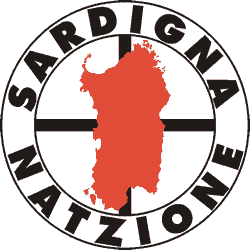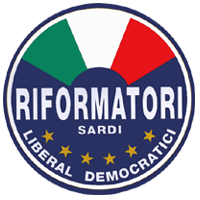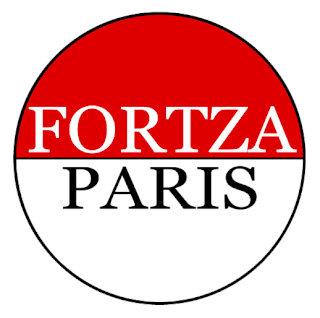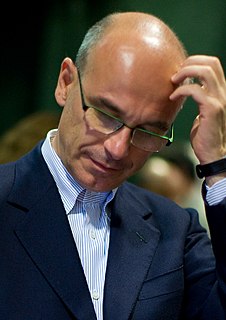
Sardigna Natzione Indipendentzia, also known as Sardigna Natzione or SN, is a minor separatist and socialist political party in Sardinia, Italy. Its long-time leader is Bustianu Cumpostu.

The Sardinian Action Party is a Sardinian nationalist, regionalist and separatist political party in Sardinia. While being traditionally part of the Sardinian centre-left, the party has also sided with the centre-right coalition and, more recently, with Lega Nord/Lega.

The Sardinian Reformers is a liberal-conservative, regionalist, Christian-democratic political party in Sardinia, led by Michele Cossa. The party, which has always been part of the centre-right at the Sardinian regional level, is a keen supporter of the free market, competition, globalization and a two-party system.

Fortza Paris is a regionalist political party in Sardinia.

This page gathers the results of elections in Sardinia.

The Politics of Sardinia (Italy) takes place in a framework of a presidential representative democracy, whereby the President of Regional Government is the head of government, and of a pluriform multi-party system. Executive power is exercised by the Regional Government. Legislative power is vested in both the government and the Regional Council of Sardinia.

The Sardinian regional election of 2004 took place on 12–13 June 2004.

The Sardinian regional election of 1994 took place on 12 and 26 June 1994.

The Sardinian regional election of 1989 took place on 11 June 1989.

The Sardinian regional election of 1984 took place on 24 June 1984.

The Sardinian regional election of 1979 took place on 17 June 1979.

The Sardinian regional election of 1974 took place on 16 June 1974.

The Sardinian regional election of 1957 took place on 16 June 1957.

The Sardinian regional election of 1961 took place on 18 June 1961.

The Sardinian regional election of 1965 took place on 13 June 1965.

The Sardinian regional election of 1969 took place on 15 June 1969.

The Sardinian regional election of 2009 took place on 15–16 February 2009.

Sardinian nationalism or also Sardism is a social, cultural and political movement in Sardinia calling for the self-determination of the Sardinian people in a context of national devolution, further autonomy in Italy, or even outright independence from the latter. It also promotes the protection of the island's environment and the preservation of its cultural heritage.

Christian Solinas is an Italian politician, leader of the Sardinian Action Party and President of Sardinia.











